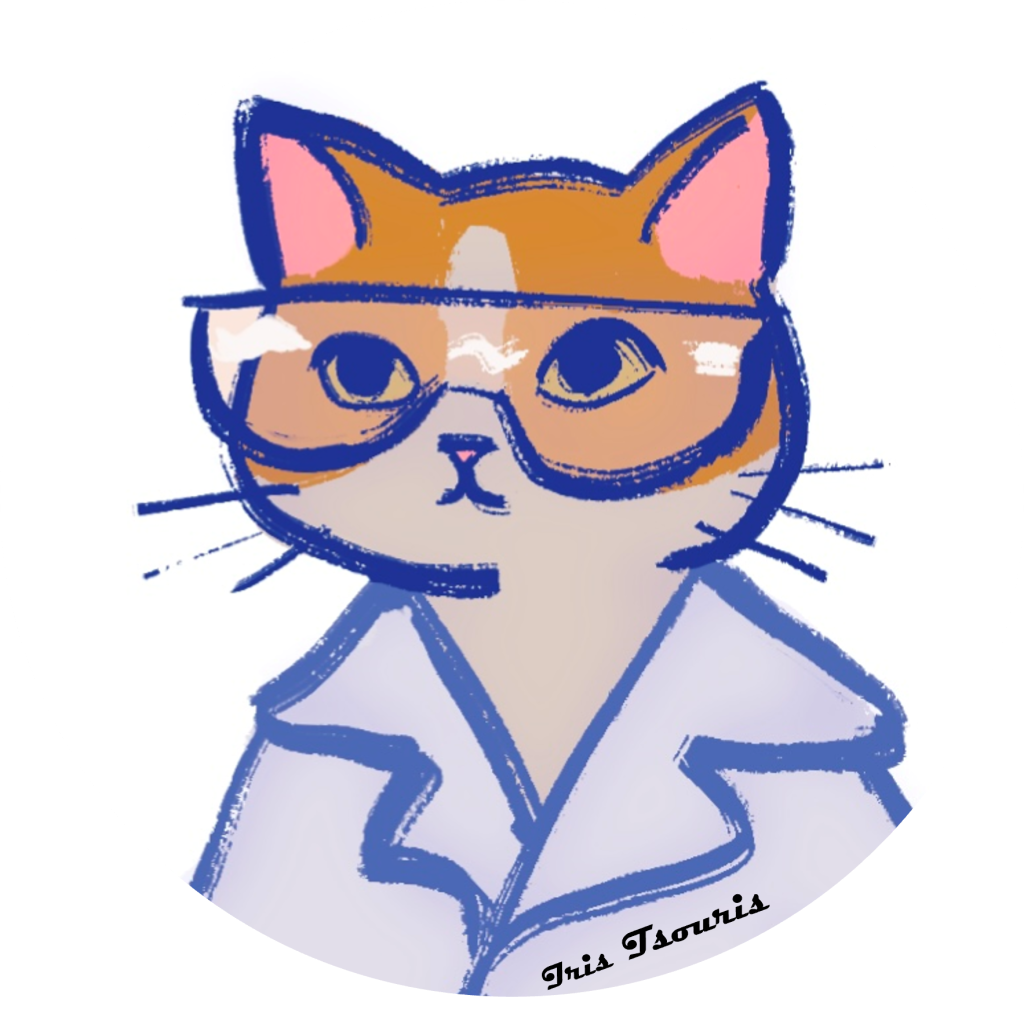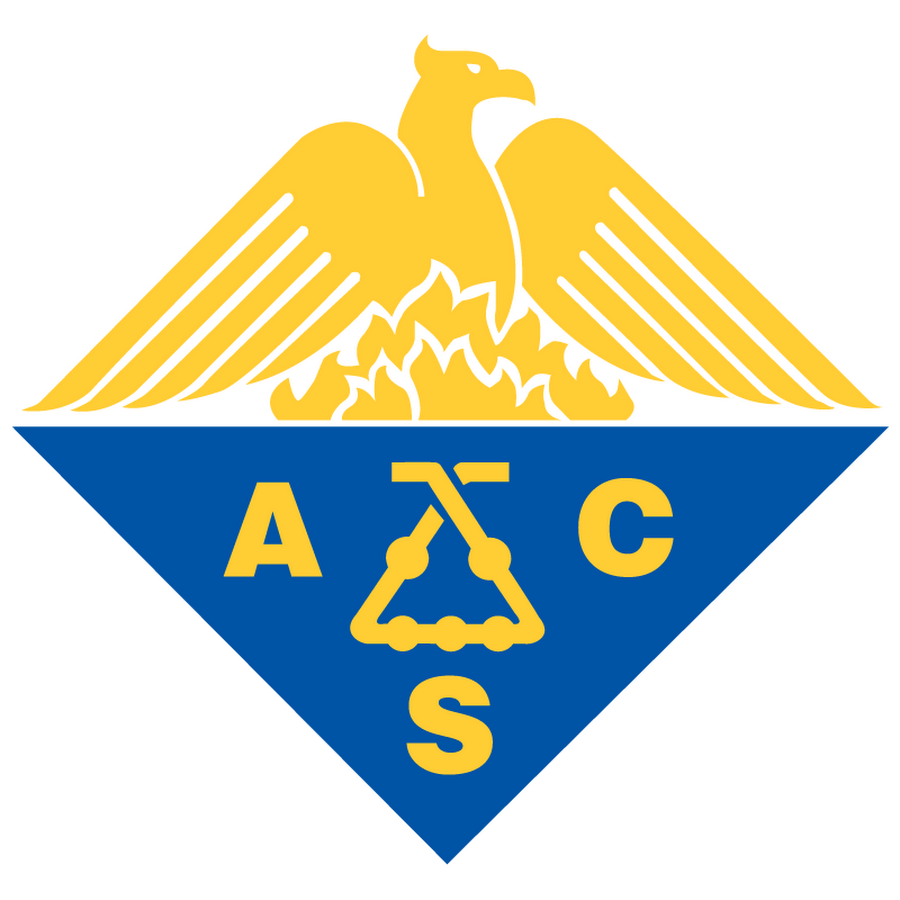
CATS: Catalysis And Treatment Simulations
Creating your own finite elements model for simulating chemical processes can be a daunting task. Many open-source codes available can be fairly difficult to use and require users to have some coding knowledge, while commercial software is generally easier to use, but much more difficult to customize to your specific needs. The CATS model framework seeks to find common ground between these two spaces by giving users a host of physical/chemical kernels that can be easily combined to create a simulation case, while also giving the flexibility of a more advanced user to completely customize a set of new set physical/chemical kernels to add to a growing library of methods. The core of CATS is built on the MOOSE framework, which utilizes state-of-the-art solvers and has the ability to scale computations on HPCs, including hybrid CPU/GPU architectures, making it a very computationally efficient framework. In this workshop, we will cover the basics of using the existing kernels in CATS to create chemical catalysis simulations, how the kernels are connected together to describe specific physics/chemistry, how you can change the physics that defines a simulation on-the-fly, and how you can easily create your own custom kernels for new physics/chemistry and add that to a simulation.
Required Background Knowledge: Basic knowledge of Linux (or similar) terminal commands
Beneficial Background Knowledge: Basic knowledge of MOOSE and C/C++ (or object-oriented programming)
Intended Audience: Kinetic Simulations, with reaction portion (Multiscale Modeling)
Secondary Audience: None
Compatible Operating Systems : * Windows * Apple / Mac * Linux – not virtual machine * Linux Virtual Machine (on Virtual Box) *
